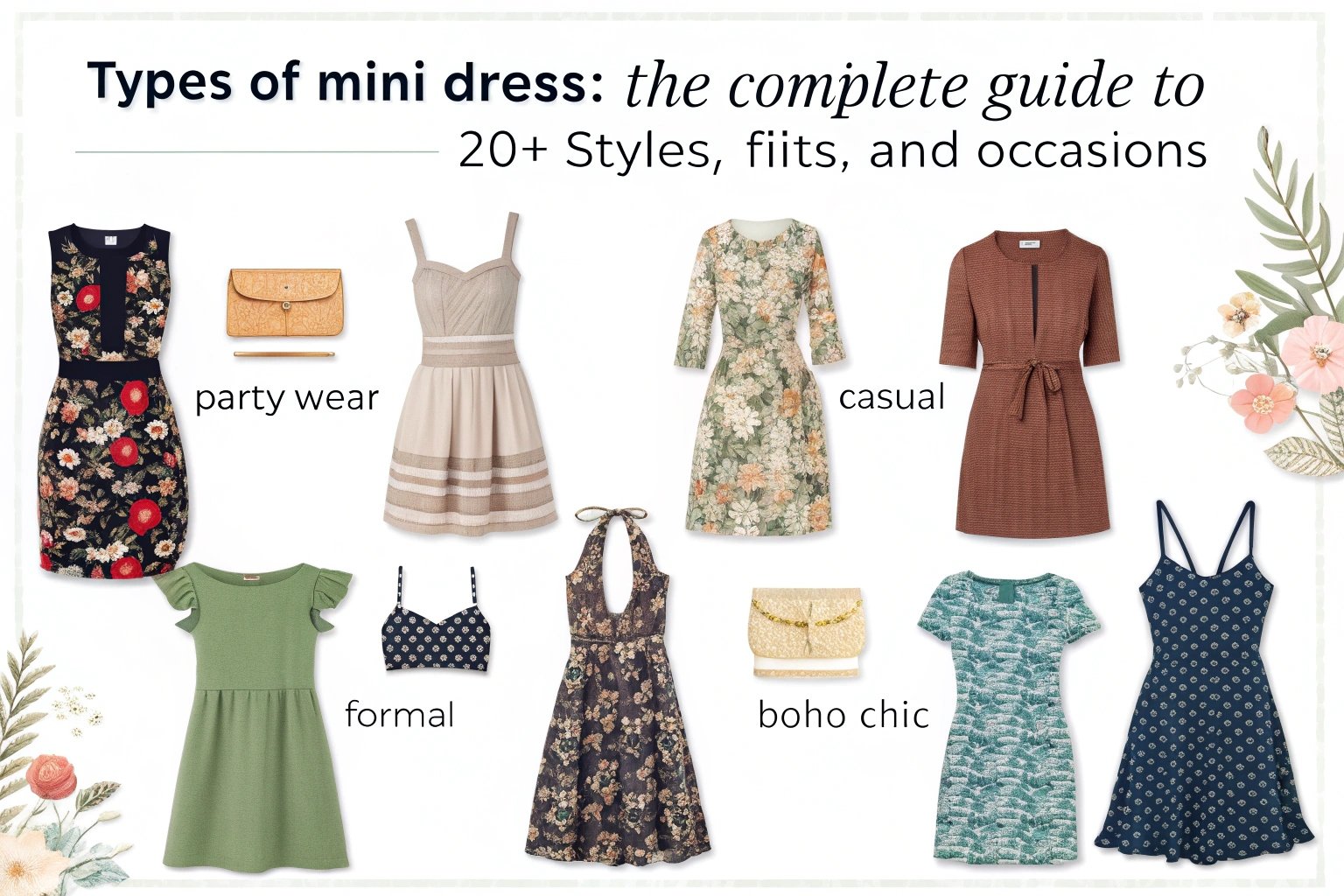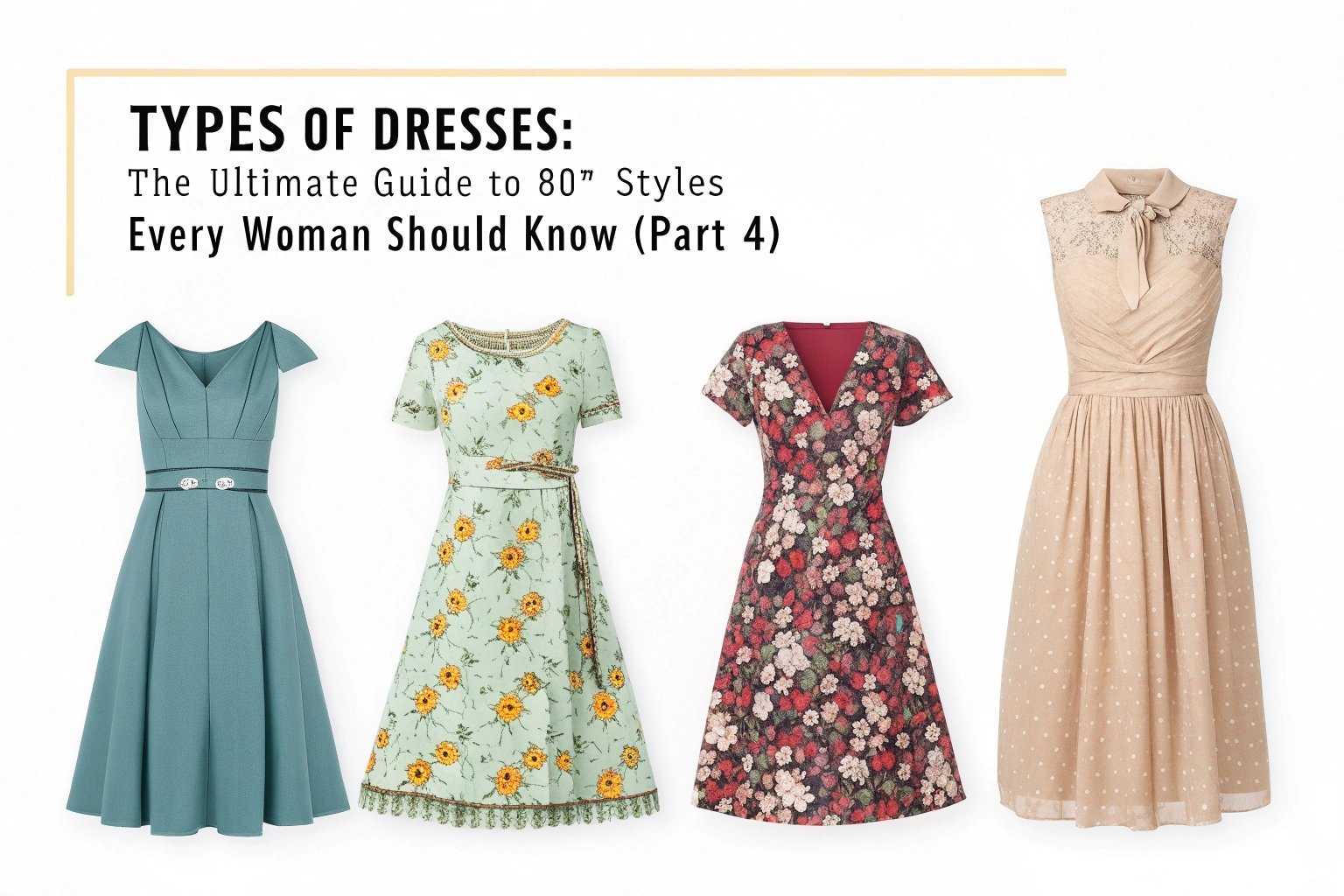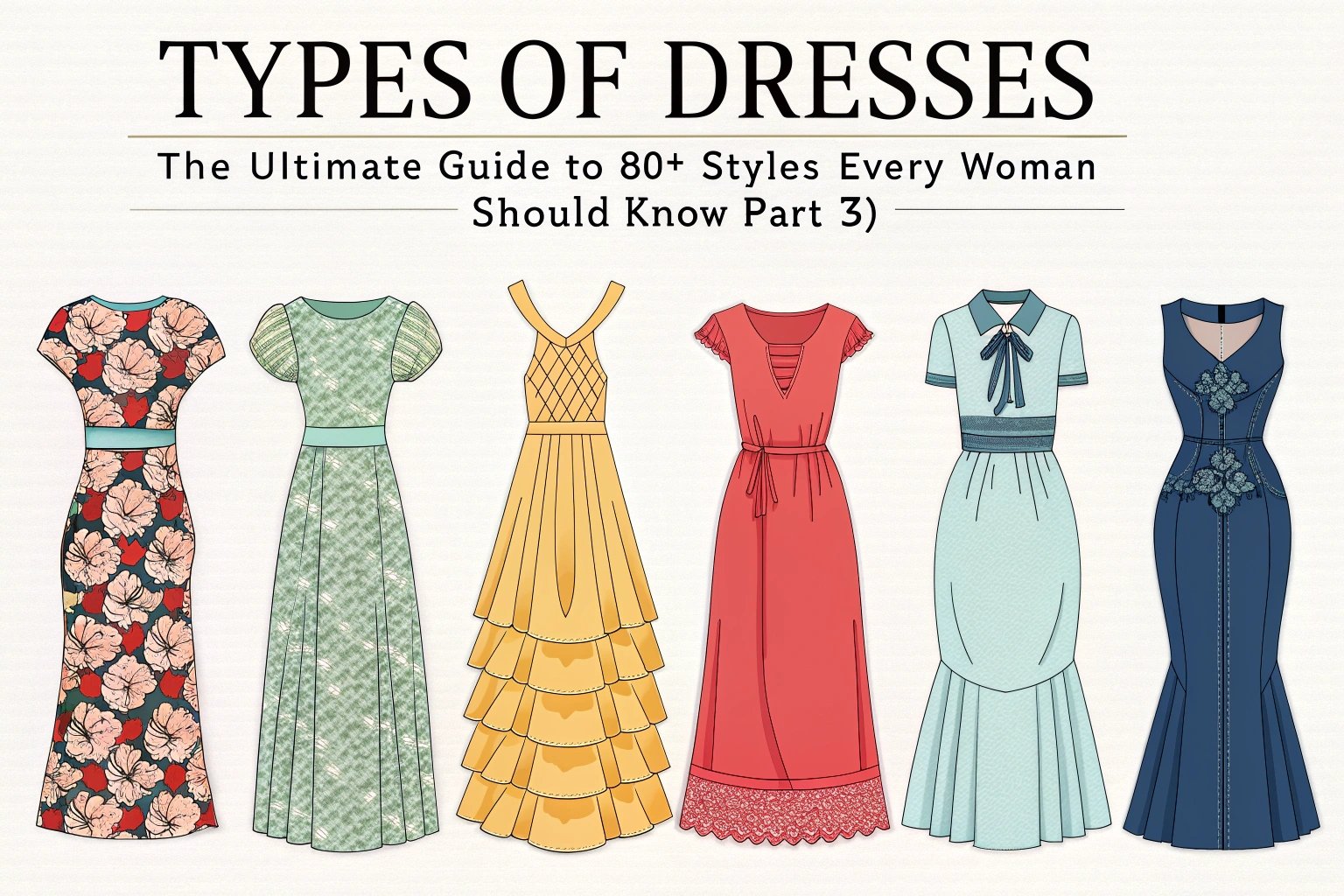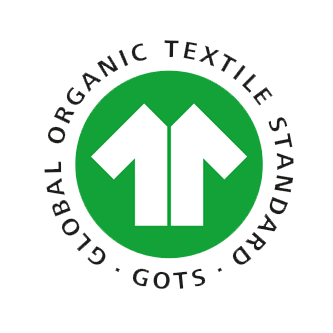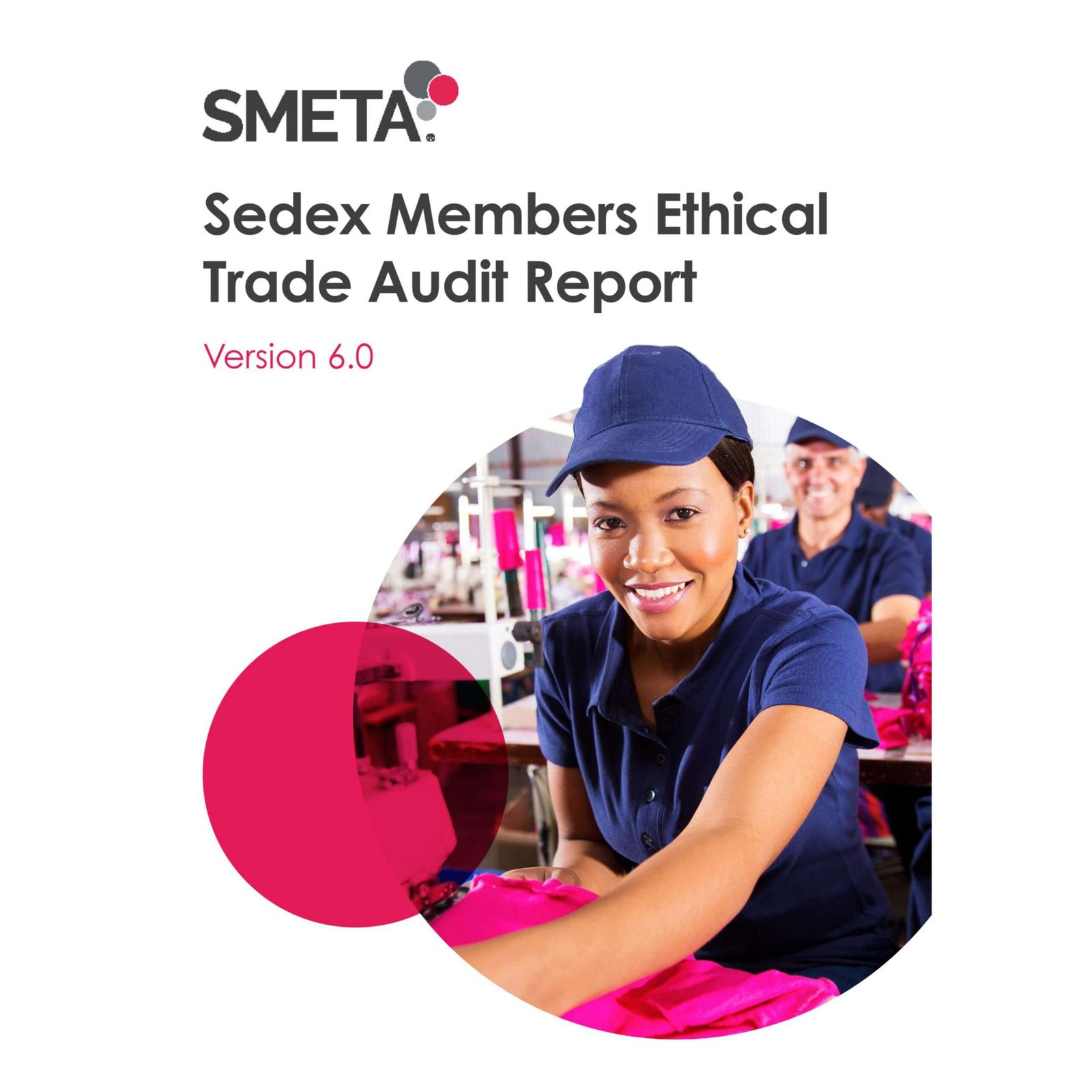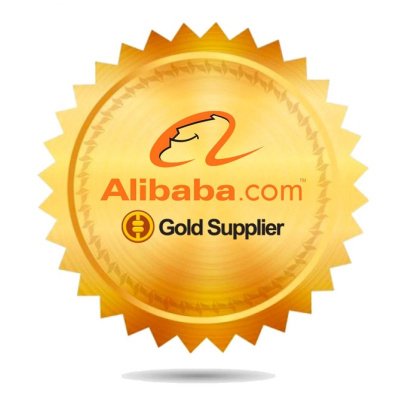With e-commerce booming and personalized fashion gaining traction, many entrepreneurs ask: can you actually make money producing custom shirts? Whether it’s print-on-demand, embroidery, or tailored shirts, the demand is clear—but is the business model sustainable?
Yes, making custom shirts can be profitable when supported by strategic branding, scalable production methods, and effective marketing.
We work with brands that scale custom apparel successfully. Let’s explore what drives profitability and how to avoid common pitfalls.
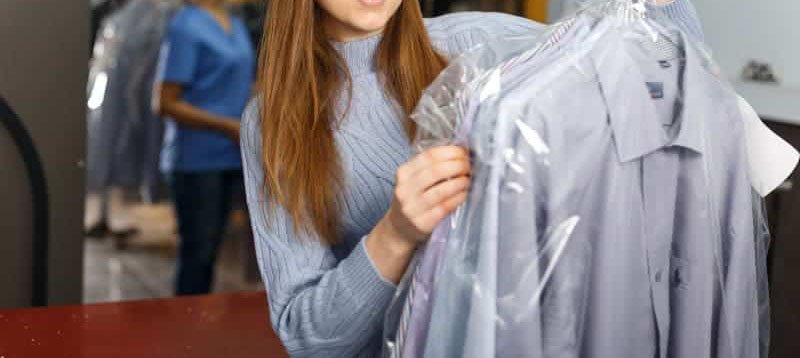
What types of custom shirts are in demand?
Profit depends on what you offer and who you target.
Popular segments include custom graphic tees, corporate uniforms, athletic jerseys, tailored dress shirts, and niche market apparel (like wedding shirts or group travel sets).
Top Trending Shirt Types
- Print-on-demand graphic tees
- Monogrammed polos or button-ups
- Personalized gifts and occasion shirts
- Brand merchandise (startups, influencers)
- Size-customized dress shirts
Each niche requires a slightly different business model and pricing strategy.
What are the typical profit margins?
Margins vary by production method and order volume.
Print-on-demand margins average 20–35%, while in-house production or bulk manufacturing can increase profitability to 50–70% depending on scale.
Profit Margin by Model
| Business Model | Avg Margin | Notes |
|---|---|---|
| Print-on-Demand | 20–35% | Lower risk, higher cost/unit |
| Bulk Screen Printing | 40–60% | Higher MOQ, lower cost/unit |
| In-House Production | 50–70% | Needs equipment + staffing |
| B2B Custom Orders | 30–55% | Volume dependent |

What are the startup costs?
Initial investment depends on your method.
Print-on-demand can start with minimal upfront cost, while owning equipment or managing inventory adds capital requirements.
Example Startup Budgets
| Setup Type | Cost Estimate |
| POD only | $0–$500 |
| Heat press setup | $2,000–$5,000 |
| Embroidery machine | $3,000–$10,000 |
| Custom bulk order | $1,500–$8,000 |
We often support custom shirt brands by managing the backend production so they can focus on design and marketing.
What pricing strategy works best?
To stay profitable, pricing must cover materials, labor, platform fees, and leave room for marketing and reinvestment.
Use keystone pricing (2x–3x production cost) or value-based pricing depending on your market.
Key Pricing Elements
- Cost per blank shirt
- Decoration (print/embroidery)
- Labor and shipping
- Platform or service fees
- Competitor benchmark
High-perceived value styles like wedding shirts or team kits can command better margins.
What marketing channels drive custom shirt sales?
Success relies on building a recognizable and trusted brand.
Most successful shirt brands use a mix of Instagram ads, niche influencers, Etsy/Shopify stores, and email marketing to convert interest into orders.
Best Channels
- Instagram + TikTok content
- Google Shopping + Meta Ads
- Pop-up events or local markets
- Strategic influencer collaborations
We recommend pairing digital campaigns with real lifestyle photography of your custom products.
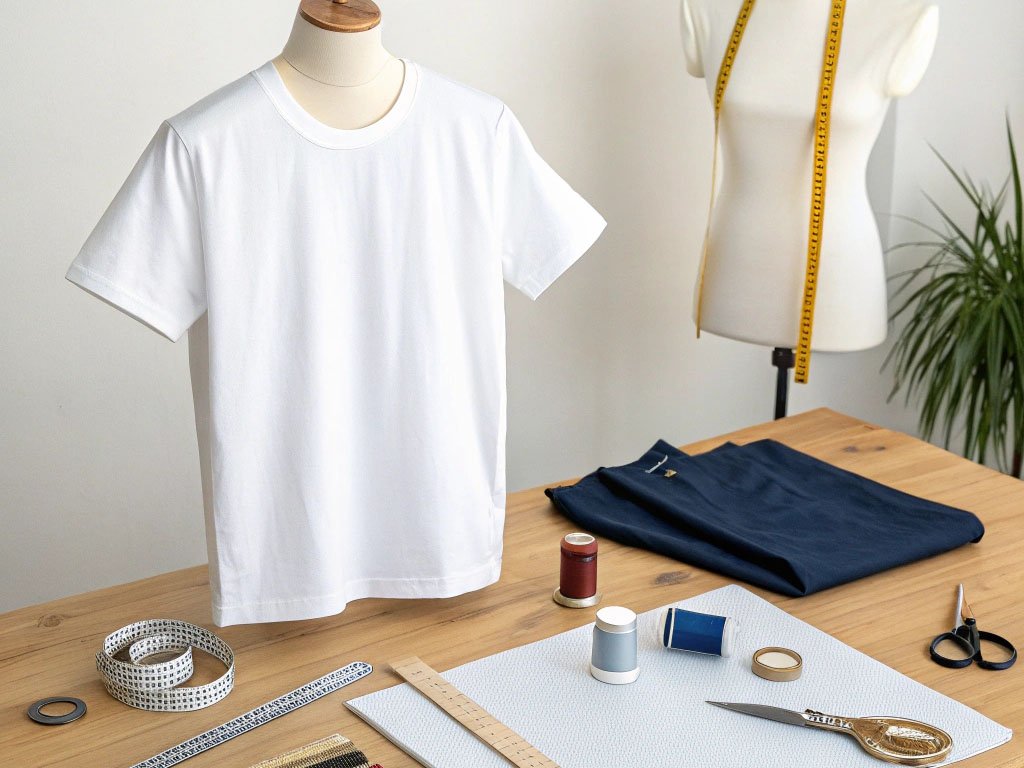
How does production scale with demand?
Fulfillment speed and scalability are crucial to staying profitable.
Use partners like us for bulk screen printing or embroidery at scale, or transition from POD to inventory as orders grow.
Scaling Path Example
- Start with POD (low risk)
- Validate top-selling designs
- Shift to batch production for popular SKUs
- Explore automation or fulfillment centers
What are common mistakes in custom shirt businesses?
Many brands fail due to poor planning or underestimating costs.
Avoid underpricing, weak branding, overdesigning, or poor garment quality—these quickly hurt profitability.
Mistakes to Avoid
- Offering too many styles or print options
- Ignoring size consistency and fit
- Not testing fabric durability or print fastness
- Relying on only one platform for traffic
We help clients test fabric types and samples before full production to minimize returns.

Is custom shirt business sustainable long term?
With the right strategy, custom apparel can grow into a durable brand.
It’s not just about personalization—it’s about offering identity, quality, and connection through fashion.
Real Examples
- Niche culture brands generating repeat orders through strong storytelling
- Corporate gifting companies scaling through B2B custom fulfillment
- Subscription-based T-shirt brands offering monthly personalization
Conclusion
Custom shirts can be profitable with the right product, pricing, and fulfillment approach. Whether you’re starting small or building a large-scale offering, focus on value, design clarity, and branding to maximize long-term returns.


